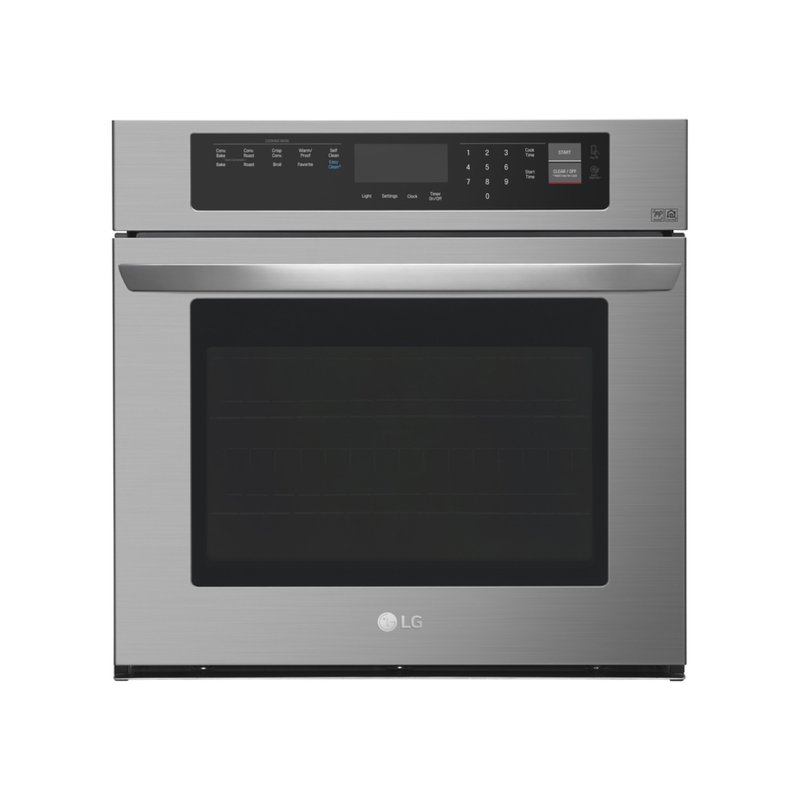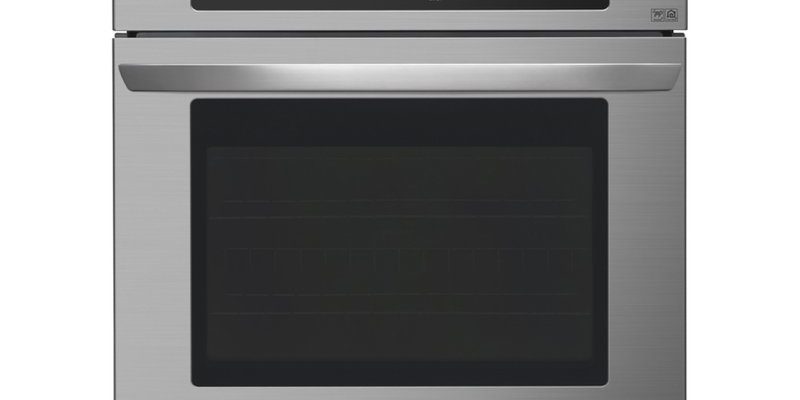
Error Code F2 on LG ovens and ranges is a common issue that many users encounter. While it may seem like a mysterious code, it’s essentially your oven’s way of telling you there’s a glitch with its temperature sensor. Think of it like your oven having a runny nose—it’s a symptom indicating that something more is going on inside. Understanding this error is the first step to finding a solution, so let’s break it down in a simple way and explore what might cause this message to pop up on your oven’s display.
Understanding Error Code F2: What It Means
The F2 error code is essentially your oven’s distress signal, indicating that there’s a problem with the oven’s internal temperature. This sensor is like the brain of your oven, allowing it to regulate how hot it gets and ensuring your food cooks evenly and safely. When the F2 error code appears, it usually suggests that the oven temperature has exceeded the preset limit, sort of like when you leave your phone out in the sun for too long.
The temperature sensor or thermostat might be sending the wrong signals, misleading the oven into heating more than necessary. This is often due to a defect or simply a loose connection within the wiring. Just like a miscommunication in a game of telephone, a faulty sensor leads to inconsistencies in how the oven heats, triggering the F2 alert as a safety measure.
An overheated oven is more than a minor annoyance; it can also pose a safety hazard. Excessive heat may damage the internal components of your appliance, just like how too much sun exposure can cause skin damage. Therefore, resolving this error as soon as possible is crucial to protect both your oven and your home.
Common Causes of the F2 Error
So, what exactly causes this annoying F2 error to appear? One of the most frequent culprits is a malfunctioning oven temperature sensor. Imagine trying to bake a cake with a broken thermometer—it’ll likely end up burnt or undercooked. Similarly, when the sensor malfunctions, the oven doesn’t know when to stop heating, leading to that familiar F2 alert.
Another usual suspect is a faulty oven control board. This board acts like the command center, relaying information from the sensor to the heating elements. If this board encounters issues, it might misinterpret signals or fail to regulate the temperature properly, just as if your GPS suddenly decided to give you wrong directions.
Lastly, wiring issues can also be a major cause. Wires serve as the communication lines within the appliance. If these lines are damaged or become loose, the signals can get lost or misinterpreted. Imagine trying to have a phone call while the line keeps cutting out; you wouldn’t get the right message across, and neither can your oven.
Diagnosing and Fixing the Problem
You’re probably wondering, “What can I do to fix this?” Well, the first step is to diagnose the root cause. Start by checking the sensor’s condition. Open up your oven and locate the sensor at the back. Ensure it’s not broken or covered in grime. If it’s dirty, a gentle clean might do the trick, but if it looks worn or damaged, replacing it may be necessary.
Next, examine the control board. If the board appears damaged or burnt, it could be the source of your problem. Replacing the control board can resolve many issues, akin to replacing a faulty motherboard in a computer. However, this is a more complex task and might require professional assistance.
If both the sensor and the control board seem fine, inspect the oven’s wiring. Check for any loose or burnt wires, and ensure all connections are secure. Tightening any loose connections can sometimes solve the issue, much like tightening a loose screw keeps your furniture stable.
Prevention and Maintenance Tips
Now that you’ve got a handle on fixing the F2 error, let’s talk about preventing it from happening again. Regular maintenance of your oven is key. Make it a habit to clean the sensor and check the wiring every few months. Just like a regular car service keeps your vehicle running smoothly, routine checks can keep your oven in top shape.
Avoid using your oven at its highest temperatures for prolonged periods. This not only helps prevent the F2 error but also extends the life of your appliance. Think of it like keeping your phone’s brightness low to preserve battery life.
Finally, consider investing in a surge protector for your oven. Electrical surges can damage sensitive components like the control board, just like how sudden jerks can harm your back. Keeping your oven protected from such surges can significantly reduce the risk of errors.
In conclusion, while an Error Code F2 can be a bit of a headache, understanding its causes and remedies can ease the stress. With regular maintenance and a few precautionary measures, you can keep your LG oven running smoothly and ensure it’s always ready for your next culinary adventure. Remember, if ever in doubt, don’t hesitate to reach out to a professional for help.
